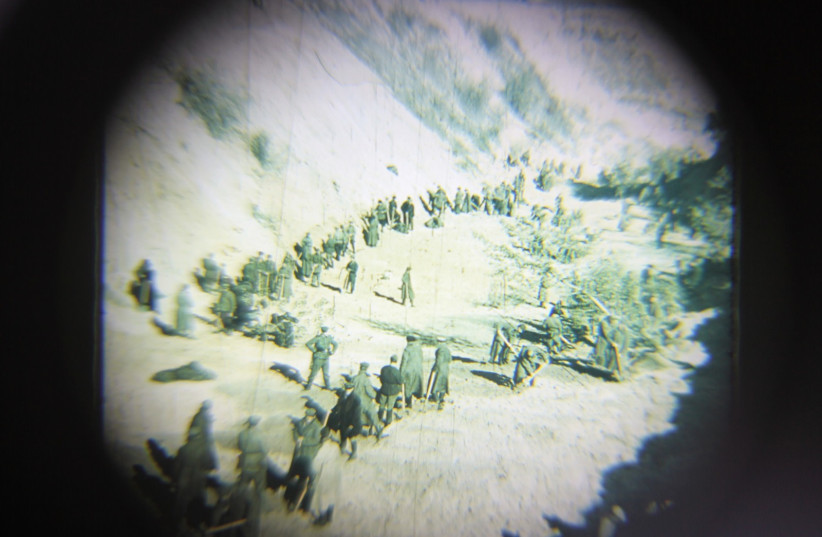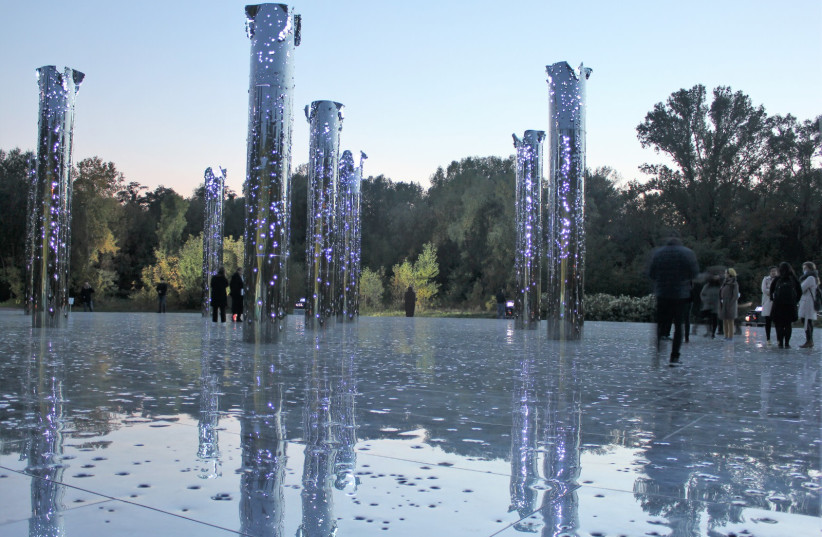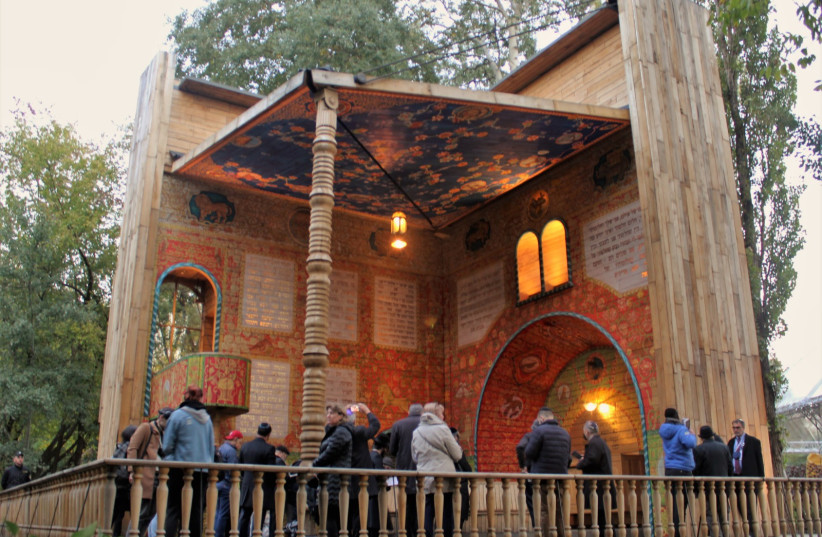KYIV - On the day that the memorial at the killing site of Babyn Yar in the Ukrainian capital of Kyiv is to be dedicated by the presidents of Ukraine, Israel and Germany, the organization that is overseeing the major project has released testimony of some of the Nazi killers who were involved in the atrocity 80 years ago.
At Babyn Yar (Babi Yar in Russian), some 33,771 Jews were recorded to have been systematically shot dead and buried in a ravine over a period of 48 hours on September 29-30, 1941. As many as 150,000 people – Ukrainians, Roma, Soviets and the physically and mentally disabled – were murdered by the Nazis over a longer period, making it Europe’s largest mass grave.
“Some were shooters, others extracted the Jews from their homes, others took their belongings, or served sandwiches and tea to the shooters. All of them are guilty,” war crimes investigator and Babyn Yar academic head Father Patrick Desbois wrote in an introduction to a lengthy press release containing some of the killers’ testimonies.
Nazi soldier Viktor Trill recounted: “It is possible that on this day I shot between around 150 and 250 Jews. The whole shooting went off without incident. The Jews were resigned to their fate like lambs. After we got out, first we were given alcohol. It was grog or rum. I then saw a gigantic ditch [ravine] that looked like a dried out river bed. In it were laying several layers of corpses.

“The execution began first by a few members of our Kommando going down into the ravine,” he said. “At the same time, about 20 Jews were brought along from a connecting path. The Jews had to lay down on the corpses and were then shot in the back of the neck. More Jews were continually brought to be shot."
Due to the Nazis' meticulous documentation, the number of Jews shot dead at the Babyn Yar ravine by Einsatzgruppen troops in those 48 hours at the end of September 1941 is known. Later, in order to remove the evidence, the Nazis used slaves who, over a period of some two months, unearthed all the bodies of the victims to be taken away and incinerated.

An academic task group of the Babyn Yar Holocaust Memorial Center (BYHMC) set up to identify those who participated in the massacre estimate that hundreds of German soldiers, policemen and SS-personnel were involved.
A large ceremony that is to take place later on Wednesday at the Babyn Yar site, which is now a verdant suburban public park, will be led by presidents Volodimir Zelensky of Ukraine, Isaac Herzog of Israel and Frank-Walter Steinmeier of Germany. Albanian President Ilir Meta will also attend alongside the private funders of the project and a number of prominent figures, current and former politicians, leaders of Jewish communities and others.

The memorial site, which stretches over a 150-hectare area, includes two current exhibits, the “Crystal Wall of Crying” by conceptual and performance artist Marina Abramović – said to be one of the biggest art installations built in Europe in the last decade – and the "Mirror Field": a large platform with a shiny metal floor and 10 pillars riddled with bullet holes of the same caliber used in the mass killings. A wooden synagogue that can be folded shut like a book is also on the site.
The first stage of the project is due to be completed this year, although the main memorial and museum are still either under construction or in the planning stages and will only be completed in a few years’ time.
Natan Sharansky, who chairs the BYHMC’s supervisory board, said the aim of the new center would be to reinvigorate the memory of a crime which was covered up twice.
“Babi Yar is the symbol of a double crime. It is the symbol of the Nazis’ crime – the biggest Holocaust mass grave in Europe – and it is a crime of the Soviet regime, which did everything it could to erase the memory of Babi Yar physically, and to wipe the memory of the Holocaust from the pages of history," he said.
“We now want to turn this place into a symbol of the crimes of the Nazis and a symbol of the Soviet efforts to erase the memory of the Holocaust: to establish a museum, an information center, a study center,” Sharansky said at a news conference in Kyiv ahead of the ceremony.
Desbois said that subsequent perpetrators of mass killing should take heed of the memorial site's establishment.
“The message is that when you are killing people in Syria, in Iraq, in Afghanistan and in Nigeria today, one day we will come back" and find you to exact justice.
